Implants are used extensively in Orthopaedic practice to stabilize bones following fractures, following joint replacement and occasionally to position a limb for soft tissue reconstruction. Implants used in the present day are usually made of titanium. These play an important role in stabilizing bones which is the first requisite for wound healing- a stable skeletal structure. When these implants get exposed they can cause various issues as well as healing of underlying bones also gets delayed or may get arrested
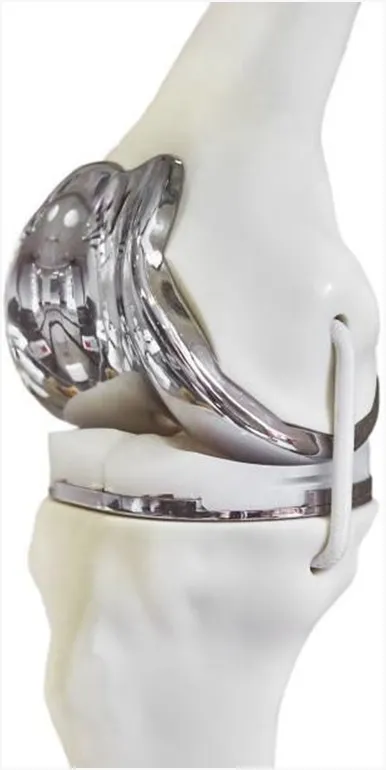
Orthopaedic implants are like tiny heroes inside your body. They help fix broken bones and give support. Made from strong materials like metal or plastic, they can last for years. But sometimes, things change. These implants might become exposed, peeking out through the skin. This could be due to infection, poor wound healing, or other issues.
But don’t worry, we’re here to help. For guidance on handling these situations, consider consulting specialist like Dr. Leena Jain, one of the best plastic surgeon in Bandra, Mumbai.
In the next segment, we’ll explore the causes behind exposed orthopaedic implants, equipping you with insight to keep these valuable allies safely within.
Are you ready to delve deeper? Join us in uncovering the reasons behind exposed the following section.
Causes of Exposed Orthopaedic Implants in Leg
“As a medical professional, I’ve often seen exposed orthopaedic implants occur due to various factors,” says an eminent plastic surgeon in Borivali, Dr. Leena Jain. “Understanding these reasons is crucial for proper evaluation and treatment.”
Implants are foreign bodies, hence, always prone to infection. One needs to understand that any particle in our body which is not our own body part will be susceptible to infection.
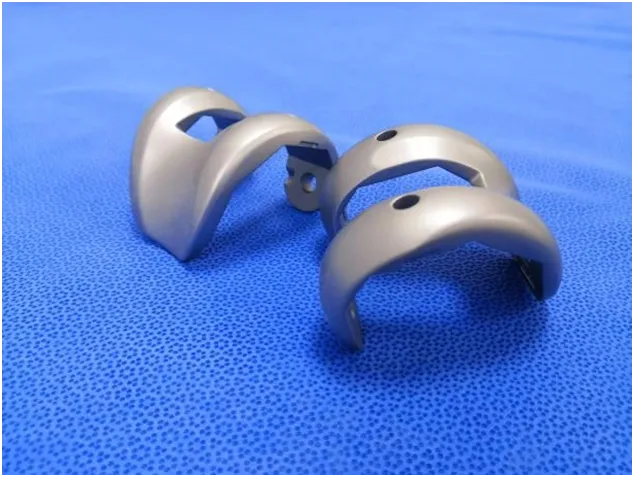
Understanding this basic principle will make things easier to imagine regarding the susceptibility of implants to infection.
Factors behind exposed orthopaedic implants include:
- Infection: Grossly infected fractures where implants are inserted are prone to infection.
- Poor Wound Healing: Sometimes, the wound doesn’t close as it should, especially in diabetics
- Implant Size: Improperly fitting implants
- Tissue Damage: Extensive injury to nearby tissues can uncover the implant’s presence.
Read on to understand why you must not delay seeking medical attention for an exposed orthopaedic implant.
Complications of Exposed Orthopaedic Implants In Legs
Osteomyelitis: Exposed infected implants can cause bone infection called osteomyelitis.
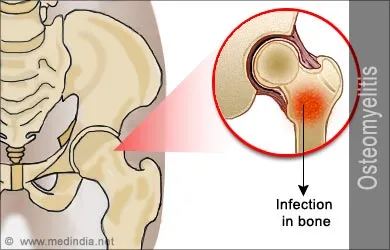
Soft tissue retraction: A wound will be formed with exposure of underlying implanted this will then need to be covered with a flap.
Joint instability- due to implant loosening
Severe Infections: Untreated exposure increases the risk of infections. A spread of infections can lead to systemic illness and potentially life-threatening conditions.
Chronic Pain: The area around the exposed implant can become painful and uncomfortable. This discomfort, in turn, will affect the patient’s daily life and mobility.
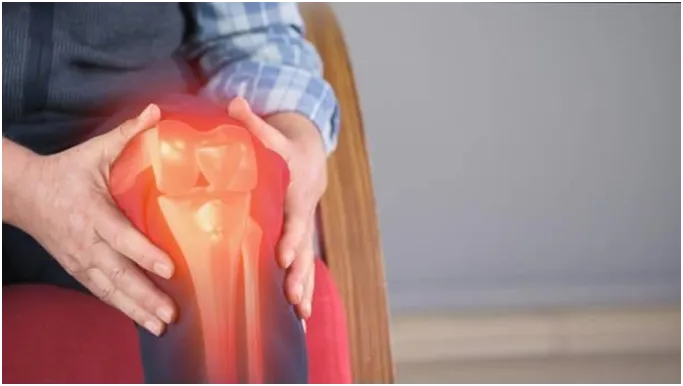
Following implant exposure, one needs to assess the stability of skeletal structure and then decide about the retention or removal of implants. This is a major concern when the underlying fracture is not united.
Now we understand how clinical evaluation helps identify issues with exposed orthopaedic leg implants.
Clinical Evaluation
Dr. Leena Jain performs the clinical evaluation through the following steps:
Medical History: Dr. Leena Jain examines the patient’s medical history to identify any relevant past surgeries, infections, or health issues like diabetes that could impact the implant.
Physical Examination: She meticulously inspects the exposed area, searching for indications of infection, skin complications, or implant damage.
Imaging Studies: Dr. Jain employs X-rays, CT scans, or MRIs to visualize the implant and adjacent tissues precisely.
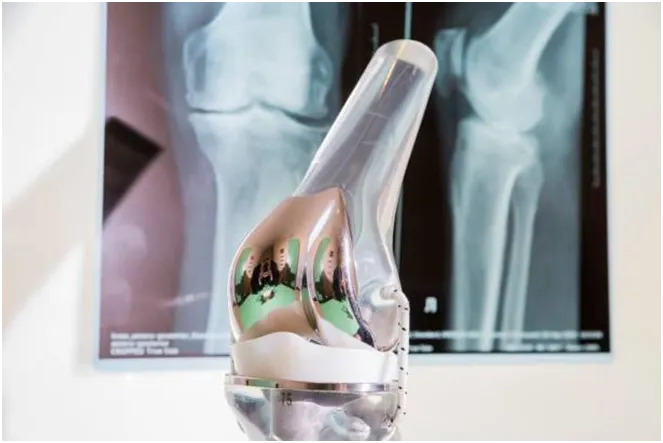
Laboratory Tests: The medical team conducts blood tests and cultures to detect existing infections and assess their severity.
Functional Assessment: Dr. Leena Jain evaluates the implant’s functionality to determine whether it requires retention, replacement or removal.
Customized Treatment Plan: Dr. Leena Jain formulates a personalized treatment plan to meet the patient’s specific requirements based on the evaluation results.
These measures ensure a thorough evaluation and effective management of exposed orthopaedic leg implants under Dr. Leena Jain’s care.
Let’s explore the treatment options that Dr. Jain employs to address these concerns and promote healing.
Treatment options for exposed orthopaedic leg implants include:
Antibiotics:
If an infection is present, Dr. Leena Jain prescribes antibiotics to fight the germs and prevent the infection from spreading. Antibiotics help protect the implant and the surrounding tissue.
Wound Care:
Dr. Leena Jain oversees proper wound care, ensuring the exposed area is meticulously cleaned and dressed with sterile materials. This proactive approach reduces infection risks and aids the healing process.
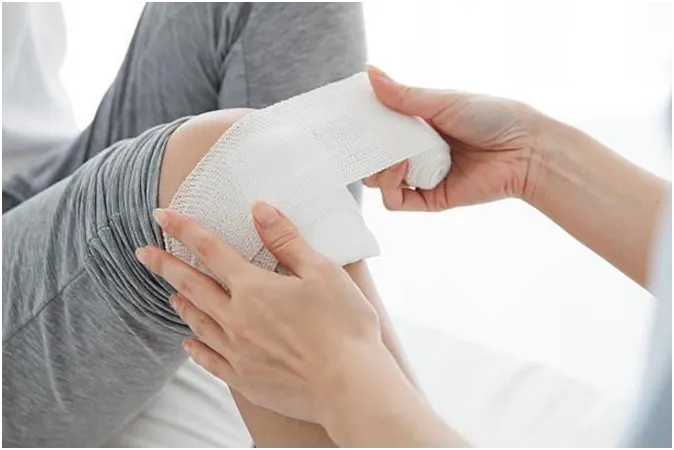
Implant Revision:
In cases demanding it, in coalition with the orthopaedic team. A decision is made regarding implant revision which involves repairing or replacing it to maintain its functionality. This ensures the implant remains effective.
Flaps for exposure with large gaps in the wound, Dr. Leena Jain covers the wounds and implants with flaps from the adjacent area or distant areas to bring in healthy vascular tissue to cover the exposed implants.
Flap surgery:
To salvage any implant healthy vascularised tissue is required. Often once the implant is exposed, tissue needs to be taken from elsewhere to cover it. This tissue is taken from adjacent available skin or from elsewhere and transferred using microsurgery.
Pain Management:
Dr. Leena Jain administers medications to manage any pain or discomfort associated with the exposed implant. This is to ensure the patient’s comfort during the recovery process.
To explore these treatment options further and receive personalized care, don’t hesitate to contact Dr. Leena Jain, a skilled plastic surgeon in Bandra.
Conclusion
In this comprehensive journey, we’ve discussed the complexities surrounding exposed orthopaedic implants in the leg. We’ve also discussed about the problems it can cause and why it’s really important to go to the doctor quickly if there’s an issue. From antibiotics to implant revision and flap covers we delved into the solutions that can restore health and functionality.
Remember, promptly addressing exposed orthopaedic leg implants is the key to avoiding problems and having a smoother recovery.
If you or a loved one faces such concerns, don’t hesitate to seek the expert guidance of the dedicated plastic surgeon Dr. Leena Jain. With over 8 years of experience and countless thankful patients, Dr. Jain is known to many as the best plastic surgeon in Borivali.
FAQ
Q. Can exposed orthopaedic implants cause allergic reactions?
A. In rare cases, yes. Some individuals may develop allergies to the materials used in orthopaedic implants. Such allergies can lead to skin irritation or discomfort.
Q. Is it possible for exposed implants to heal on their own?
A. In very mild cases, with close monitoring and proper wound care, the body might heal the exposed area without surgical intervention. However, it’s uncommon.
Q. Are there non-surgical treatments like medications for exposed orthopaedic implants?
A. Medications can be used for pain management and to treat any infections. However, they won’t resolve the exposure itself. Surgical intervention is often required to address the root of the issue
